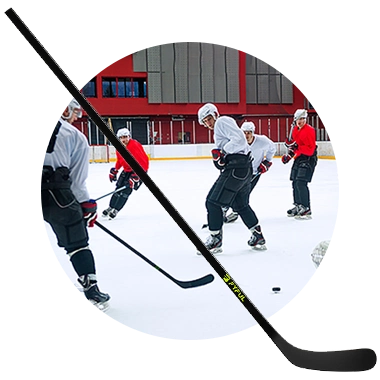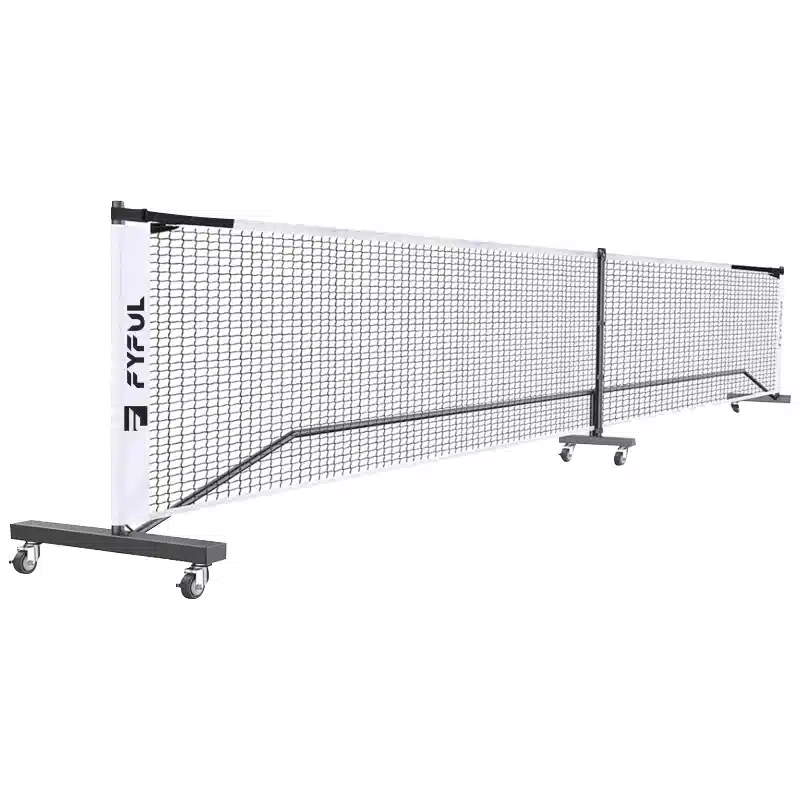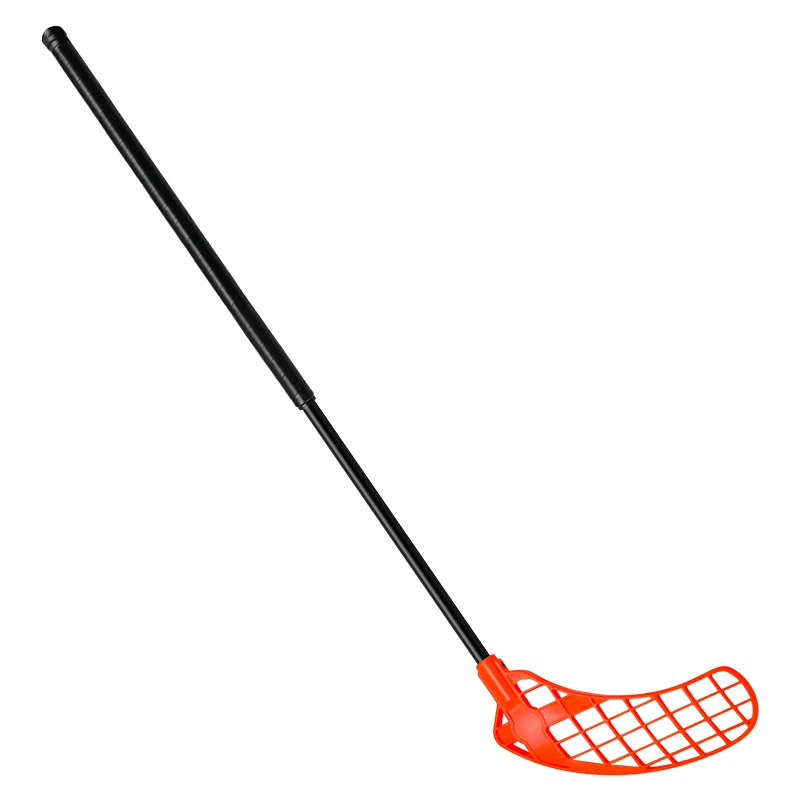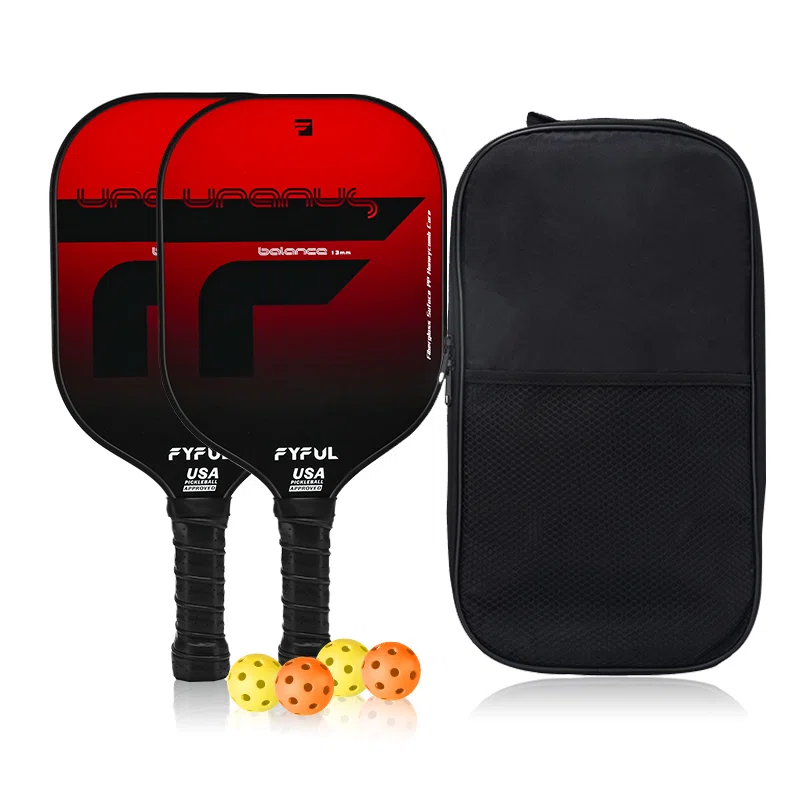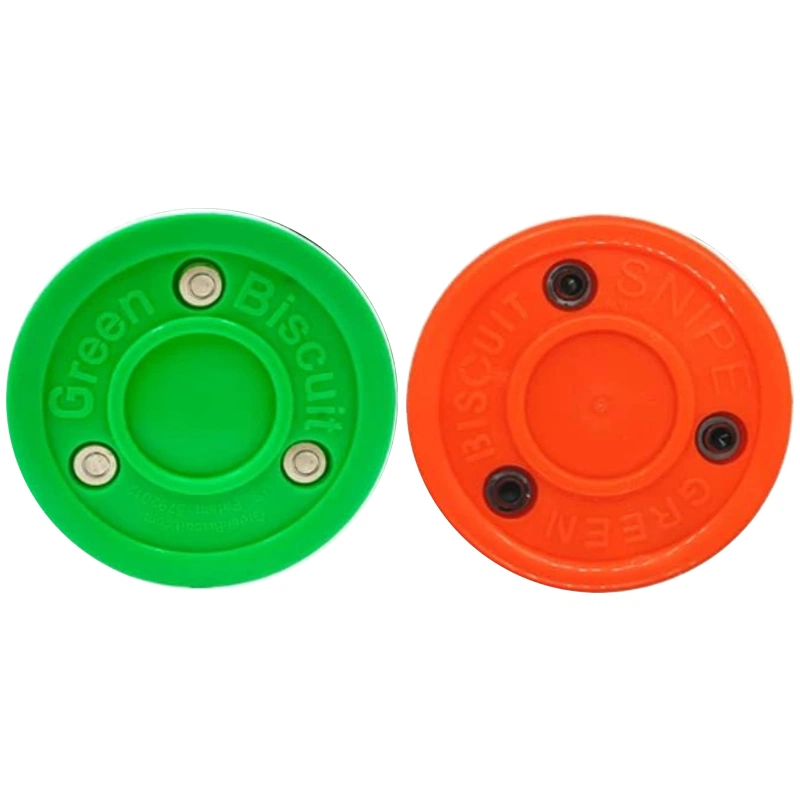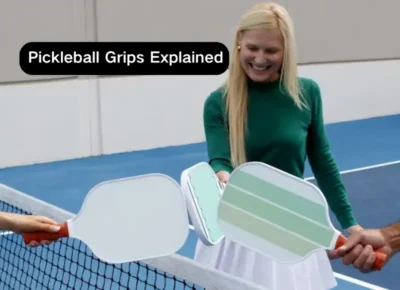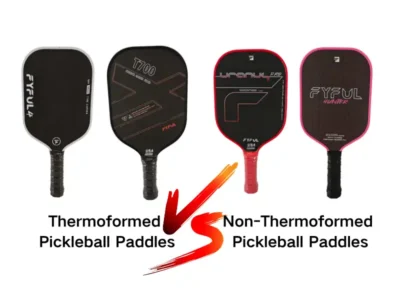Table of Contents
Pickleball has grown significantly in popularity, especially in North America. It’s accessible to people of all ages and skill levels, often played in physical education classes, community centers, and retirement communities. While it originated in the United States, it has gained traction in many other countries due to its accessibility, social nature, and suitability for players of various ages and skill levels. Pickleball is becoming increasingly popular in the UK, with clubs and courts popping up in various cities and towns. The UK Pickleball Association (UKPA) promotes the sport and helps organize events.
In this guide, we are going to talk about the basics of pickleball, how to play the game, what rules and tips a player needs to remember, the equipment needed to play, and every other thing related to pickleball. So, get settled and read this guide to know more about the game.
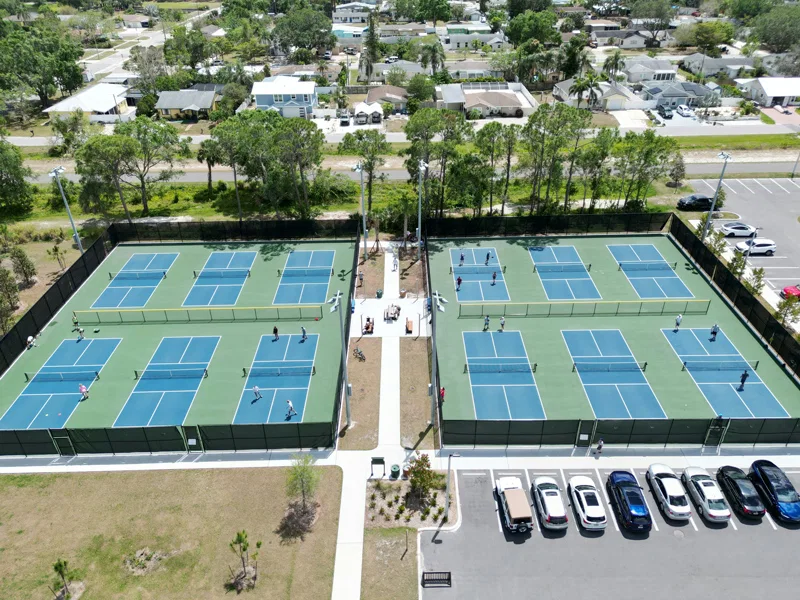
Pickleball Basics for Beginners
Pickleball is a fun and accessible sport, especially for beginners. The game combines elements of tennis, badminton, and table tennis, played on a smaller court with a modified tennis net.
Pickleball Courts
In pickleball, the court is defined by several key lines and zones that dictate gameplay. The baseline marks the back boundary of the court, where players serve from. The non-volley zone, also known as the “Kitchen,” is a seven-foot area on both sides of the net where volleys are not allowed unless the ball first bounces in this zone.
Service courts are divided into right and left sides, each with a designated service area. The centerline divides the court into right and left service courts, while the sidelines run perpendicular to the net on each side. If the ball lands outside these sidelines or the baseline, it’s considered out.
The court dimensions are smaller than a tennis court but larger than a badminton court. A pickleball court is 20 feet wide and 44 feet long for doubles, with specific markings for the non-volley zone (often called the “kitchen”), serving areas, and boundaries. The net is lower than a tennis net, typically 34 inches high at the sidelines and 36 inches high at the center.

Pickleball Court Layout
Source: https://usapickleball.org/
Further Reading:
Pickleball Terms for Beginners
Players must also adhere to the double bounce rule, letting the ball bounce once on each side after the serve before volleys are permitted. Terms like “fault” are used when a serve is made incorrectly, and “side-out” occurs when the serving team loses the serve.
Different shot techniques include the “dink,” a soft shot over the net; the “drive,” a powerful shot to pass opponents; and the “lob,” a high shot to push opponents back. The drop serve is used for pickleball. Understanding these lines, zones, and terms is crucial for players to navigate the court effectively and play by the rules of pickleball.
Further Reading:
Rules of Pickleball for Beginners
Here are the basic rules of pickleball:
Serving Rules:
- The serve must be underhand.
- The server must keep one foot behind the backline when serving.
- The serve is made diagonally crosscourt and must land in the opposite diagonal court.
- The ball must clear the non-volley zone (the “kitchen”) on the serve.
- The serving team continues to serve until they commit a fault (such as hitting the ball out or into the net).
- The first serve of each new point is made from the right-hand side of the court, and subsequent serves are made from the left-hand side.
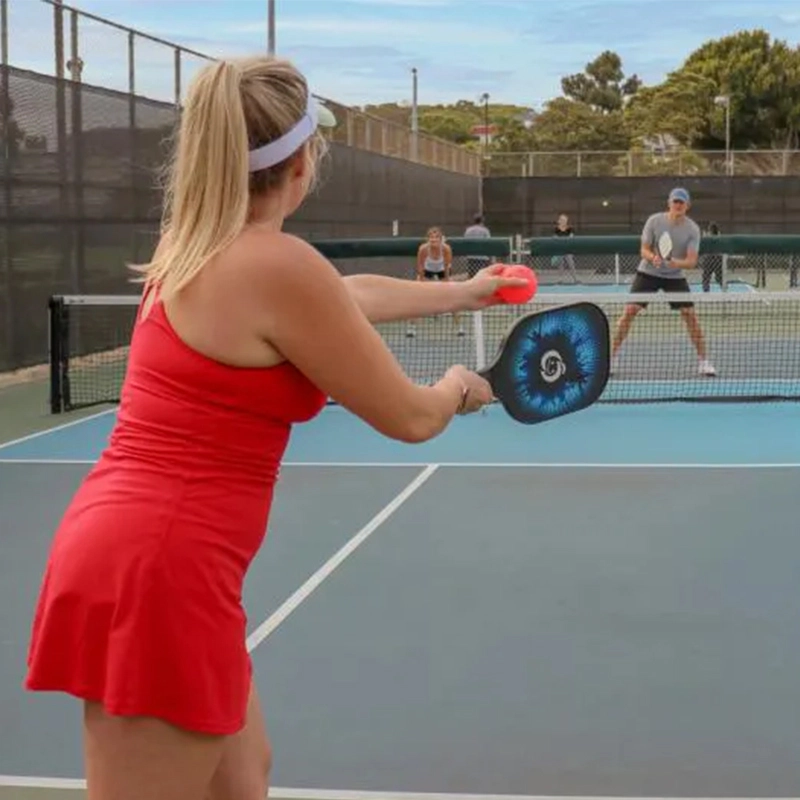
Serving in Pickleball Games
Source: https://www.pickleheads.com/
Double Bounce Rule:
- The ball must bounce once on each side (serving side and receiving side) before volleys are allowed.
- After the ball has bounced once on each side, players can then volley the ball (hit it in the air without letting it bounce) if they are not in the non-volley zone.
- Non-Volley Zone (Kitchen):
- The non-volley zone, or “kitchen,” is a 7-foot area on either side of the net.
- Players cannot volley the ball while standing in the non-volley zone, except if the ball has bounced in the kitchen area.
- Players can enter the kitchen after hitting the ball but must immediately exit to avoid a fault.
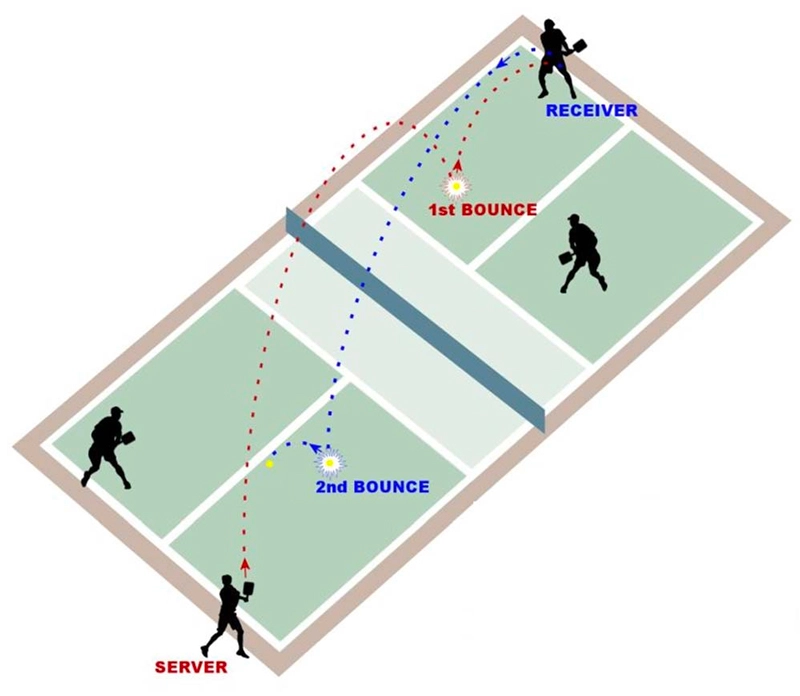
Double Bounce Rule in Pickleball
Source: https://usapickleball.org/what-is-pickleball/official-rules/rules-summary/
Scoring:
- Games are typically played to 11 points, and a team must win by at least 2 points.
- Only the serving team can score points.
- When the serving team loses a point, the serve passes to the opposing team.
- If the score reaches 10-10, the game continues until one team wins by 2 points.
Faults:
A fault occurs when a player:
- Fails to clear the net on the serve.
- Hits the ball out of bounds.
- Volleys the ball from the non-volley zone.
- Volleys before the ball has bounced once on each side.
- Steps into the non-volley zone during a volley.
- Hits the ball into the net.
Doubles Play:
- In doubles play, each team consists of two players.
- The serving team decides which player will serve first, and that player serves from the right-hand side of the court.
- The receiving team can decide which player will receive the serve.
- After the first serve, players switch sides, and the player who served first will now serve from the left-hand side of the court.
Winning the Match:
- Matches are usually best-of-three games.
- The team that wins two out of three games wins the match.
- Games and matches can also be played to different point totals based on agreement between players or tournament rules.
These are the basic pickleball rules for beginners, designed to ensure fair play and an enjoyable experience for all participants. As players become more experienced, they may encounter more nuanced rules, but these fundamentals form the foundation of the game.
Pickleball Tips for Beginners
For beginners just starting out with pickleball, there are several tips and strategies to keep in mind to improve your game and have more fun on the court.
Tip #1: Start with Proper Equipment
Pickleball paddles come in various materials and weights. As a beginner, choose a paddle that feels comfortable in your hand and suits your style of play. Lighter paddles are easier to control, while heavier paddles offer more power. Also, wear comfortable athletic shoes with good support and grip to move around the court effectively.
Tip #2: Learn the Basics
Before diving into a game, familiarize yourself with the basic rules of pickleball. Understand serving rules, the double bounce rule, non-volley zone rules, and scoring. Knowing these fundamentals will help you play more confidently and avoid common mistakes.
Tip #3: Practice Proper Gripping and Stance
Hold the paddle with a comfortable grip, usually with a relaxed handshake grip. Your body stance should be slightly sideways to the net, with your feet shoulder-width apart. Bend your knees slightly to maintain balance and be ready to move in any direction.
Tip #4: Focus on Placement Over Power
Pickleball is a game of finesse and strategy. Instead of trying to hit the ball hard every time, focus on placing your shots strategically. Learn to “dink,” which involves softly hitting the ball just over the net, forcing your opponents into difficult positions.
Tip #5: Work on Your Serve
The serve is crucial in pickleball. Practice different types of serves, such as low and deep serves or high arcing serves. Experiment to find what works best for you. Remember, the serve must land in the opposite diagonal court and clear the non-volley zone.
Tip #6: Practice Volleys and Dinking
Volleys are shots hit before the ball bounces. Work on your volley technique, aiming for control and placement rather than power. Dinking, or softly dropping the ball just over the net, is a key skill in pickleball. Practice dinking to keep your opponents off balance.
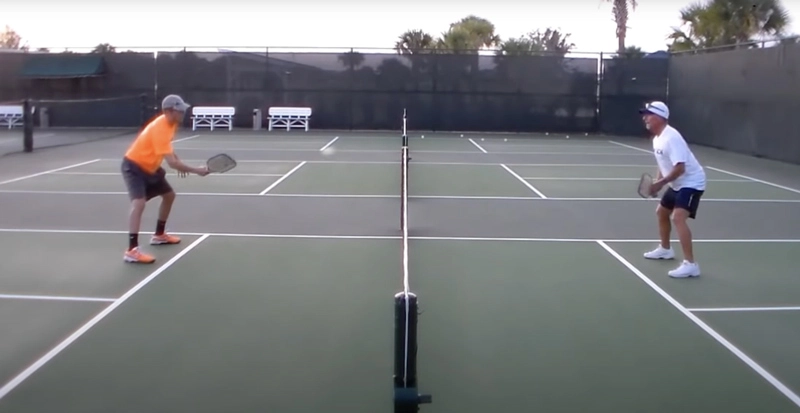
Practice Dinking in Pickleball
Source: https://www.youtube.com/watch?v=vsyjY2qM4OM
Tip #7: Move Your Feet
Good footwork is essential in pickleball. Stay light on your feet, ready to move quickly in any direction. Anticipate where the ball is going and position yourself accordingly. Moving efficiently will help you reach more shots and maintain good court coverage.
Tip #8: Communicate with Your Partner
If you’re playing doubles, communication is key. Talk to your partner about strategy, positioning, and who will take certain shots. Effective communication can help avoid confusion and improve teamwork.
Tip #9: Have Fun and Learn from Mistakes
Most importantly, remember that pickleball is a game, and the goal is to have fun. Don’t get discouraged by mistakes or losses. Instead, view them as learning opportunities. Watch more experienced players, attend clinics or lessons, and keep practicing to improve your skills.
Tip #10: Respect the Rules and Etiquette
Finally, respect the rules of the game and the etiquette of pickleball. Be a good sport, shake hands with opponents after the game, and follow proper court etiquette. This includes calling the score clearly, avoiding distractions, and being courteous to fellow players.
How to Play Pickleball for Beginners?
Pickleball can be played either as singles or doubles and the rules for both are quite similar. Whether you’re playing singles or doubles, the objective remains the same: score points by hitting the ball over the net and into the opponent’s court without them returning it.
How to Play Pickleball Singles for Beginners?
Playing pickleball singles as a beginner can be a great way to improve your skills and get a good workout.
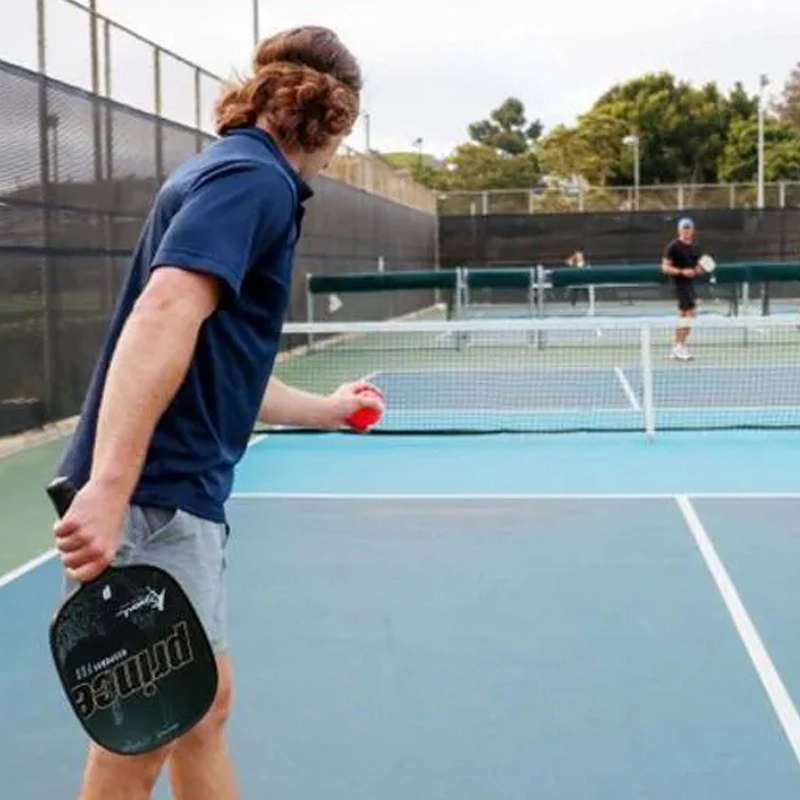
Play Pickleball Singles
Source: https://www.pickleheads.com/
Focus on Positioning:
Stay close to the baseline to defend against deep shots from your opponent. Move forward to take advantage of short balls and approach the net when you have the opportunity.
Anticipate Your Opponent's Moves:
Watch your opponent’s body positioning and paddle angle to anticipate where they might hit the ball. Stay one step ahead by predicting where the ball will go, allowing you to prepare for your next shot.
Work on Consistency:
Aim for consistent shots rather than trying to hit winners every time. Focus on getting the ball over the net and in play, which can put pressure on your opponent to make mistakes.
Control Your Pace:
Vary your shot selection to keep your opponent guessing. Mix up your shots with lobs, slices, and drives to create different angles and speeds.
Use the Non-Volley Zone Wisely:
Be mindful of the non-volley zone (kitchen) and use it strategically. Practice hitting soft, controlled shots (dinks) just over the net or center line to keep your opponent off balance. It is the space you find free and gives the sense to be hit to score a point. Your opponent needs to cover a lot of areas to reach there as well.
Improve Your Footwork:
Work on your footwork to move quickly and efficiently around the court. Stay light on your feet and be ready to change direction at a moment’s notice.
Stay Patient:
Pickleball rewards patience and consistency. Avoid rushing for winners. Wait for the right opportunity to attack and focus on placement rather than power.
Learn to Lob:
Mastering the lob can be a valuable skill in singles play. Use the lob to push your opponent back and buy yourself time to recover or set up for an offensive shot.
Further Reading:
How to Play Pickleball Doubles for Beginners?
Doubles is the most popular version of the game. People love to play doubles as it is more fun and doesn’t put stress on your body.
Playing pickleball doubles as a beginner can be a fun and rewarding experience. Here are some tips to help you get started and improve your game:
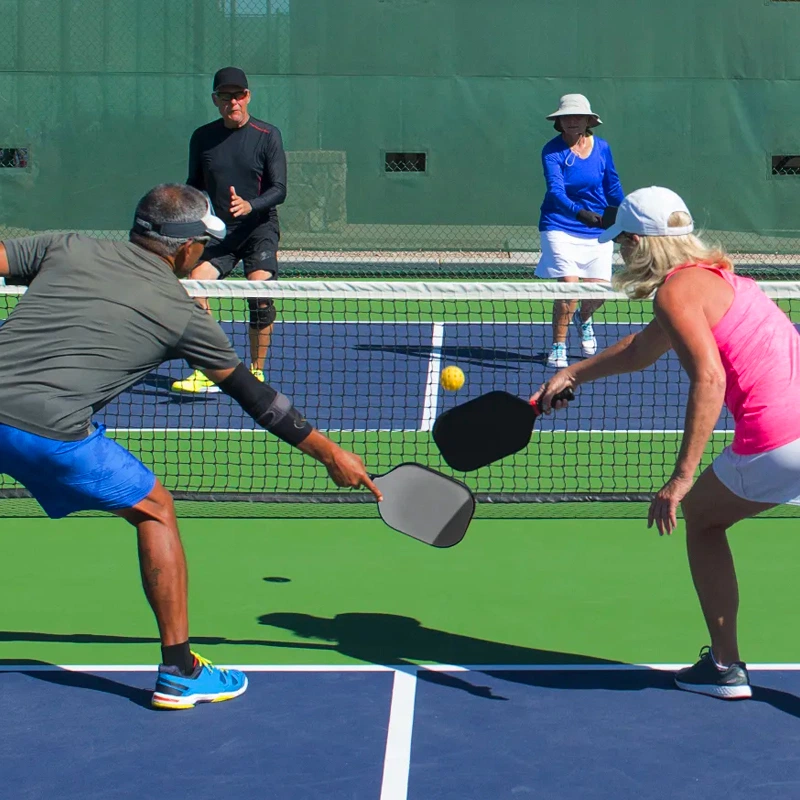
Play Pickleball Doubles
Source: https://www.eatthis.com/
Communication:
Communication is key in doubles play. Talk to your partner about your strategy, positioning, and who will take certain shots. Call out “yours” or “mine” to avoid confusion and ensure both players know who should hit the ball.
Positioning:
As a beginner, it’s helpful to start with a basic formation: one player at the baseline and one at the non-volley zone (kitchen). The player at the baseline generally hits deeper shots and defends against hard-hit balls. The player at the non-volley zone (kitchen) is closer to the net and focuses on volleying and controlling the pace of the game.
Movement:
Move as a team. Try to maintain a side-by-side position on the court, adjusting as needed to cover shots. Avoid both players being too close to each other or too far apart, which can create gaps for opponents to exploit.
Serve:
Work on consistency with your serve. Aim to get the ball over the net with enough arc to clear the net and land in the diagonal service box. Experiment with different types of serves, such as low serves or deep serves, to keep opponents guessing.
Return of Serve:
When returning the serve, focus on getting the ball back in play rather than hitting a winner. Aim for a deep return to push your opponents back and gain control of the point. Avoid hitting directly to the server unless you’re confident in your placement.
Non-Volley Zone (Kitchen):
Be mindful of the non-volley zone (kitchen) rule. Do not volley the ball while standing in the kitchen, except if the ball has bounced in the kitchen area. Practice hitting soft, controlled shots (dinks) just over the net to keep opponents off balance. Use the kitchen line as a reference point for where you should be positioned during volleys.
Anticipation:
Anticipate your opponents’ shots by watching their body positioning and paddle angle. Stay on your toes and be ready to react quickly, especially at the net, where points can be won or lost in a split second.
Patience:
Pickleball rewards patience and consistency. Avoid going for overly aggressive shots that may result in errors. Work on placement and accuracy, aiming for the sidelines and corners to create difficult shots for your opponents.
Practice:
The more you play, the more comfortable you’ll become with the game’s dynamics and your partner’s playing style. Take advantage of open play sessions, clinics, and drills to improve your skills.
Have Fun:
Most importantly, remember to have fun! Pickleball is a social and enjoyable sport, so relax, enjoy the game, and celebrate good points with your partner.
Further Reading:
How to Choose Pickleball Equipment for Beginners
Choosing pickleball equipment as a beginner can seem overwhelming with the variety of paddles, balls, and other gear available. Look for a paddle that is lightweight (7.3-8.4 ounces) for easier maneuverability. Most paddles have small, medium, or large grips. Choose a paddle that feels comfortable in your hand.
The best Paddles can be made of wood and composite materials. The best paddle is the one that provides great control. Paddles come in various shapes (like widebody or elongated). Beginners often find wider paddles more forgiving with a larger sweet spot and have a good swing. There’s a wide range of prices. The difference is due to the material used for one paddle.
Pickleballs are designed for indoor or outdoor play. If you’re playing mostly indoors, go for indoor balls, as they have smaller holes and are lighter. Outdoor balls are more durable and have larger holes for better wind resistance. Balls come in different colors (usually yellow, green, or white). Yellow is the standard color and is easiest to see in various lighting conditions. Beginners might go through balls quickly due to learning curves. Choose a ball labeled as durable or for training.
Further Reading:
Best Pickleball Paddles for Beginners
When choosing the best pickleball paddles as a beginner, there are several factors to consider to ensure you have the right paddle for your skill level and playing style. New Players typically benefit from pickleball paddles that offer a balance of control, power, and forgiveness.
It is also important to contact the right manufacturer to get the paddles you need. Most of the time, clubs need tons of paddles and want to save money for the club or community. A polymer honeycomb core is another good paddle to have. The traditional shape of the paddle is accepted at events.
Surface Material:
The best pickleball paddles come in various materials, each offering unique characteristics to suit different playing styles. Common surface materials include fiberglass face, carbon fiber, wood, and composite blends. Fiberglass pickleball paddles are known for their durability and more control, while carbon fiber pickleball paddles offer a lightweight and responsive feel; Wooden pickleball paddles are traditional and provide great control and a large sweet spot, often favored by new players; Graphite pickleball paddles offer lightweight durability, excellent control, and enhanced power, making them ideal for precision shots and competitive play. Surface area matters a lot which can’t be changed.
Core Material:
The core of the paddle also varies, with options like polymer core, Nomex core, and aluminum core. Polymer core is known for its quiet play and soft feel, while Nomex core offers more power and pop. The aluminum core is durable and provides a good mix of power and control. Carbon fiber is also used in these paddles.
When choosing a paddle, players also consider weight, with options ranging from lightweight for maneuverability to heavier for more power.
Grip:
The grip of the paddle is another crucial factor, with options for cushioned, perforated, or tacky grips to suit individual preferences and playing conditions.

The custom-made pickleball paddles are also used according to the needs of the players. A versatile paddle can help you get your game up. Make sure to get the right thickness so that you don’t lose control and play drop shots with great spin.
Further Reading:
Best Pickleball Balls for Beginners
When it comes to pickleball balls for beginners, there are a few key factors to consider, such as durability, bounce consistency, and ease of play. When choosing pickleball balls as a beginner, it’s essential to consider the playing environment indoor or outdoor, durability, bounce consistency, and ease of play. These balls mentioned above are popular choices among beginners for their quality, performance, and suitability for learning the game.

Further Reading:
Best Pickleball Shoes for Beginners
When choosing pickleball shoes as a beginner, it’s essential to consider factors such as comfort, stability, durability, and grip. Pickleball involves a lot of lateral movement and quick direction changes, so having the right footwear can enhance your performance and prevent injuries. A pickleball game player must use the best shoes to move freely on the court.
Remember, the best pickleball shoe for you ultimately depends on your personal preferences, playing style, and the type of court surface you’ll be playing on. It’s a good idea to try on several pairs and test them out on the court to see which ones feel the most comfortable and supportive for your game.
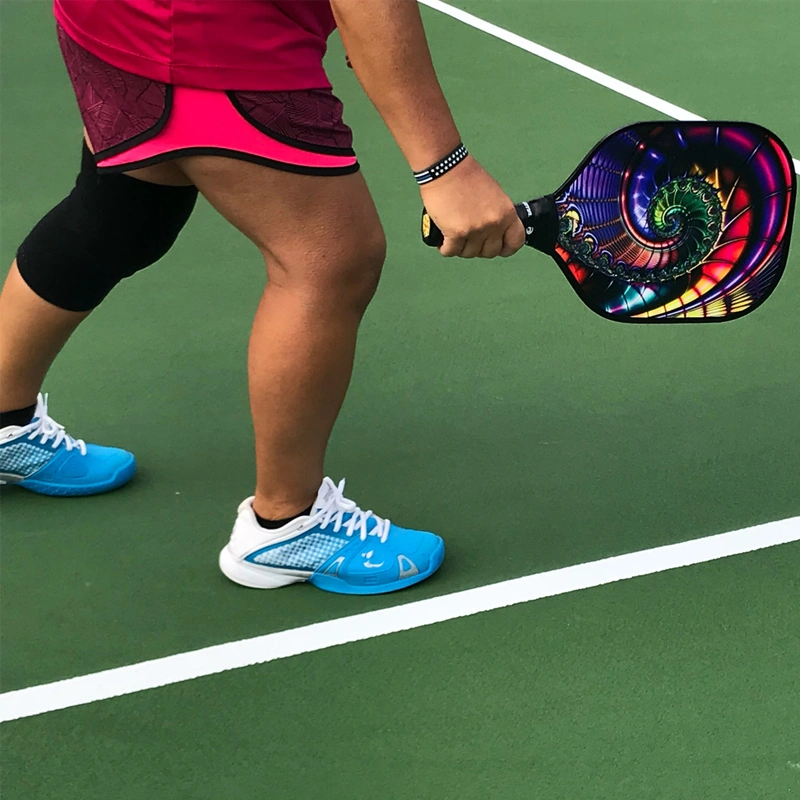
Conclusion
Pickleball is a fantastic sport for beginners of all ages looking to stay active, socialize, and have fun. As a paddle sport combining elements of tennis, and table tennis, it offers a unique and enjoyable experience. Beginners can start by familiarizing themselves with the basic rules and equipment, such as paddles, balls, and the court layout.
For those just starting, it’s recommended to join beginner-friendly sessions or clubs where they can learn the fundamentals and practice with others at a similar skill level. Pickleball provides a low-impact yet engaging workout, making it accessible to a wide range of people, including those who may not have played sports regularly in the past. Feel free to search more about pickleball.



